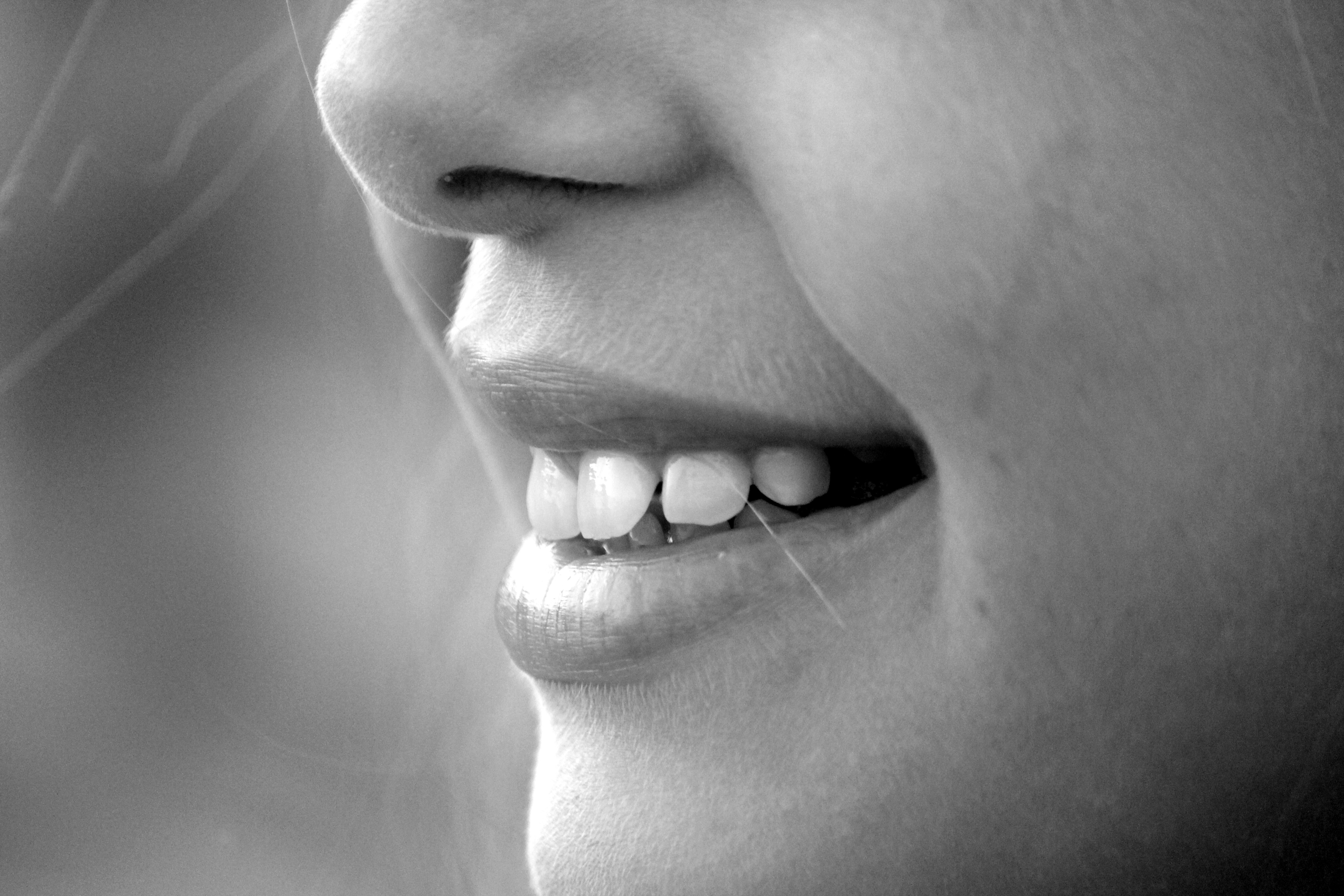Do You Really Know Your Own Teeth?
Do you really know what’s inside your mouth? Do you know that your teeth have names and parts? Do you know that your teeth have layers inside? This post will help you understand your teeth and how they work together.
Our mouth, or oral cavity, is an opening in our head which allows us to taste, chew, and swallow food and liquids.
The most noticeable part of the mouth is the teeth. We have 20 primary teeth and 32 permanent teeth. Teeth have two main parts: the crown and the root. The crown is the visible part of the tooth while the root is found below the gums and anchor the tooth.
Our teeth are classified into four types: incisors, canines, premolars, and molars.
- Incisors are the teeth in front. There are four upper incisors and four lower incisors. They are called incisors because they are used to incise or tear food.
- Canine teeth, also known as cuspids, are sharp-pointed teeth used in ripping food. We have 4 canines (upper left, upper right, lower left, lower right).
- Premolars, also known as bicuspids, are the ones next to the canines. They are used to chew food. We have 4 first premolars and 4 second premolars.
- Molars are found at the farthermost part of the mouth. They are important in keeping the bite height or relationship, and also used in chewing food. Three types of molars are found on each quadrant of the mouth: first molar, second molar, and third molar (also known as wisdom teeth).
The tooth itself is an organ with 3 layers: enamel, dentin, and pulp.
- Enamel is the outer white layer of the tooth. It is the hardest substance in the human body.
- Dentin is the middle layer of the tooth. It gives the tooth its yellowish color.
- Pulp is the inner layer of the tooth which contains blood vessels and nerve fibers.
Even if the enamel is the hardest substance in the body, it can be softened by acids produced by bacteria in the mouth and cause tooth decay. The dentin is porous making it easier for bacteria to reach the pulp in no time. Remember, the decay becomes irreversible when it has reached the pulp, so prevention is the key to keeping your teeth health (and intact!).
With all of this new knowledge, go ahead and check your teeth in the mirror – try to identify the four types of teeth!
Follow and like Dr. Sunny Tatra on Twitter, Facebook, Instagram and Google+ to stay up to date with the latest news and tips. To read client reviews or to share your own experience, visit our RateMDs and Yelp pages. To book an appointment with Dr. Sunny Tatra and his team, phone +1 250 590 0166, email, or fill out the online appointment form!



